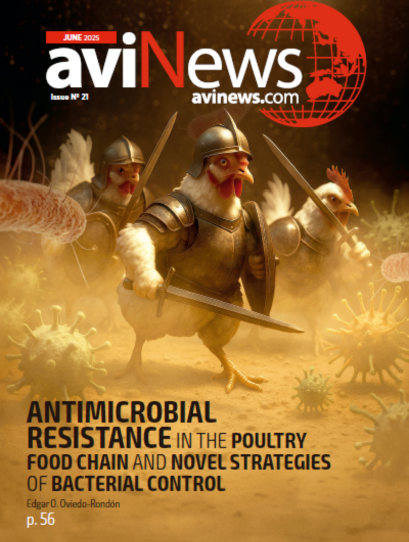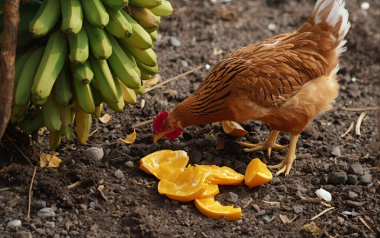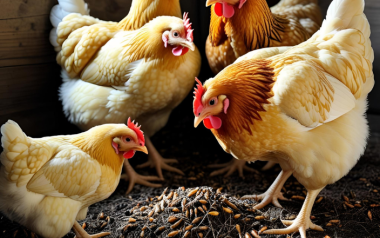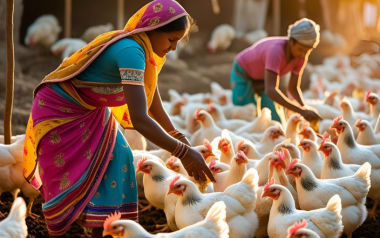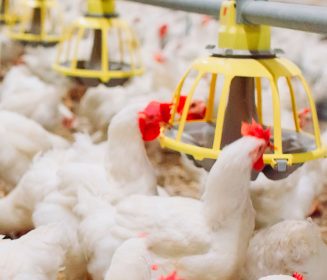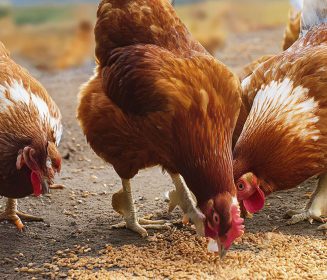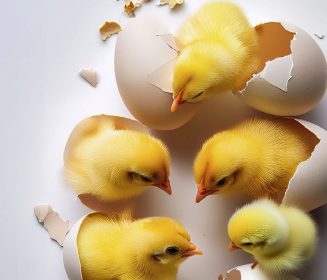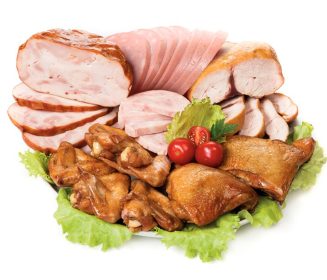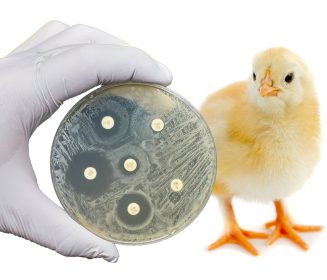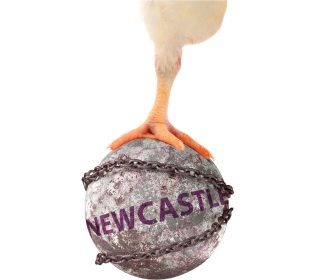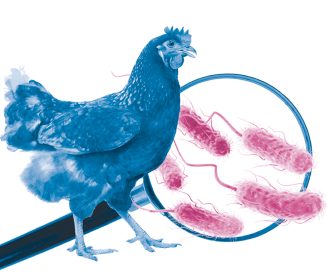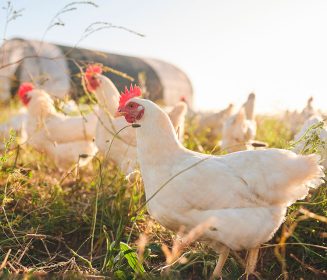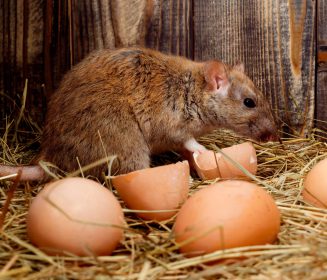Sources: Available upon request
08 May 2025
Rising poultry production powers corn demand in Pakistan
Pakistan's poultry industry is experiencing a significant boom, which is driving the demand for corn to unprecedented levels. This surge in poultry production is reshaping the country's grain market and impacting corn exports.
Pakistan’s poultry industry is experiencing a significant boom, which is driving the demand for corn to unprecedented levels. This surge in poultry production is reshaping the country’s grain market and impacting corn exports.
In the first quarter of 2025, Pakistan’s corn exports dropped drastically by 87%, primarily due to administrative hurdles and the soaring demand from domestic feed manufacturers. The country exported only 53,000 tonnes in the first three months of the year, suspending deliveries to over a dozen countries, including China, Vietnam, Saudi Arabia, and Romania. This is a stark contrast to 2024, when Pakistan exported 419,000 tonnes of this grain, largely thanks to increased exports to Vietnam.
The poultry industry’s growth can be attributed to several factors. One significant factor was the government’s decision to lift the ban on GMO soybean imports in late 2024. This move revitalized the poultry sector, leading to a renewed demand for corn. Analysts estimate that domestic poultry production could surge by 25% due to the removal of the ban on GMO soybeans. Consequently, the domestic consumption of corn in 2025/26 is projected to reach 9.1 million tonnes, exceeding the 2024/2025 production estimate of 9 million tonnes.
The production in Pakistan is forecasted to be 9.6 million tonnes in 2025/26, based on a slight increase in area and assuming a five-year average yield. Traditionally, poultry feed accounts for about 65% of corn use. Corn is mixed with soybeans, and improving the availability of GMO soybeans naturally drives the demand for corn up. There are approximately 300 feed mills producing poultry feed, with a total output capacity of 12 million tonnes.
However, the surge in domestic corn demand has led to a decline in exports. Several poor political decisions by the Pakistani government have contributed to this decline. Changes in sanitary regulations have made it more difficult for exporters to meet the required standards and ship their products overseas. To address this crisis, industry insiders believe that provincial food authorities and agriculture departments must be involved in making production areas pest-free, monitoring pesticide residues, and ensuring proper post-harvest handling.
The Ministry of Commerce has raised concerns over the decline in corn exports and has called on the Department of Plant Protection and other government agencies to address the issue. Despite these challenges, the poultry boom continues to drive corn demand in Pakistan, reshaping the country’s grain market and presenting new opportunities for growth and development.

